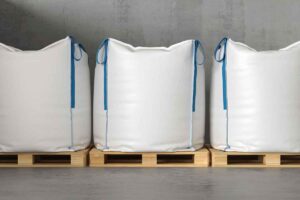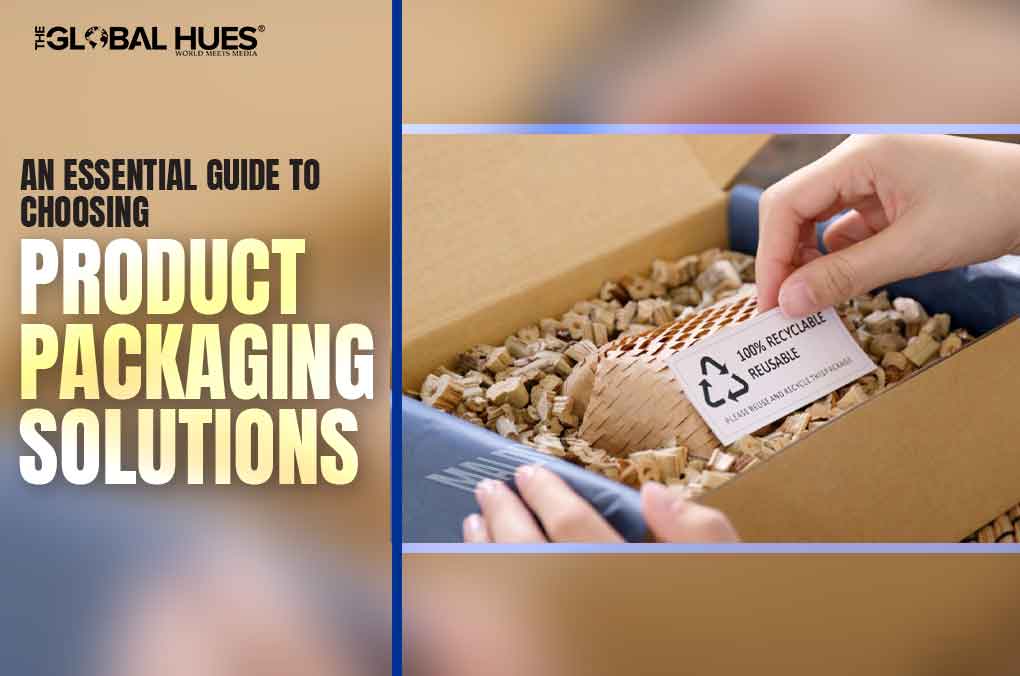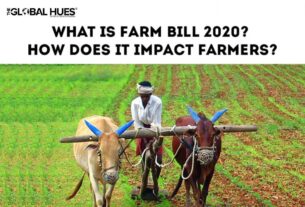Product packaging solutions are an essential part of the product sales process. Notably, the right packaging solution can increase product visibility, enhance customer satisfaction, and ensure products reach their destination in good condition.
This article provides an essential guide to choosing product packaging solutions, including material selection, branding opportunities, cost-effectiveness, environmental impact, and more.
Types Of Product Packaging Solutions
Product packaging is an integral part of the production process. It helps to protect, preserve, and market products for consumption or sale. Here are various types of product packaging solutions available today that can be tailored to meet your specific needs:
-
Primary Packaging
Primary packaging refers to the package with direct contact with the product. Primary packaging must protect the product inside, and its primary attribute is its permeability to air. Depending on the type of product, it can be used to make a product attractive enough to draw the attention of potential customers and convey information about the brand identity or product features. Plastic or glass bottles, tablet capsules, cans, or cartons are some examples of primary packaging.
Designing an effective primary package requires balancing multiple factors such as cost, aesthetics, shelf life, environmental concerns, convenience, durability, recyclability, and more. A transport bag company should collaborate closely with experienced professionals who specialize in creating custom packages tailored to their needs to ensure optimal results.
-
Secondary Packaging
Secondary packaging is the layer of packaging that encloses a single product or group of products. It provides protection and helps to keep items together, as well as gives visual appeal to customers in retail displays. Secondary packaging may be paper, cardboard, plastic, wood, or metal. It can come in many different shapes and sizes, depending on the purpose of the item being packaged.
When it comes to branding, secondary packaging allows companies to create an impact with their logo and design elements. This type of packaging is also used to communicate important messages about a product, such as instructions for use, safety warnings, and recycling information.

-
Tertiary Packaging
Tertiary packaging further protects a product from damage by wrapping it in an additional layer of protection, such as bubble wrap, cushioning foam, or other types of material. This extra protection helps ensure the item remains secure throughout its journey, from the production facility to store shelves to customers’ homes.
Moreover, it may also help prevent theft and tampering. Typically, the type of tertiary packaging required will depend on factors such as the size, shape, and weight of the product being shipped and environmental conditions along its route.
Factors To Consider When Choosing Product Packaging Solutions
When selecting product packaging solutions, it’s crucial to consider the needs of your target audience. This includes the following factors:
-
Product Type
When selecting product-packaging solutions, the product type is a crucial consideration. Packaging must be tailored to meet the needs of fragile or heavy items, perishables, and hazardous materials. In addition, product size, shape, and weight should all be considered when choosing an appropriate package design.
Protective packaging can also reduce transport costs by reducing damage due to vibrations and impacts during transit and helping maintain the temperature for sensitive products, such as pharmaceuticals or foodstuffs. Furthermore, if the item contains hazardous materials, it must be packed following relevant regulations on safe transportation.
-
Transportation And Storage
Packaging must provide protection during transportation and storage and ensure the product arrives undamaged. Firstly, it’s essential to understand the nature of available transport systems, such as air, land, or sea, since each has different demands for securing packages to prevent damage from vibration or shock forces. Additionally, products may be required to survive extremes of temperature throughout their journey, so appropriate insulation and refrigeration should be factored into the design of any suitable packaging solution.
Furthermore, storage requirements are equally essential considerations in designing effective packaging solutions. It’s necessary to consider how long a product will remain stored before use, what environment the package must withstand while being kept, whether there are additional constraints on space availability, and if there is a potential risk of theft or pilferage between dispatch and delivery points.
All these factors must be considered when assessing which type of container or wrapping material best meets the needs of safe transit and secure storage needs. Ultimately, choosing the right combination of packaging materials can make all the difference in guaranteeing the successful delivery of goods time after time.
-
Customer Preferences
Understanding customer preferences is a crucial factor when selecting product packaging solutions. Consumers have varying needs and wants, which must be considered to ensure that the chosen solution meets their expectations. Considering this, conducting market research before making any decisions is essential. This includes gathering customer likes and dislikes about materials, sizes, shapes, and packaging designs. By understanding these preferences, manufacturers can create an attractive package design that resonates with consumers’ emotions and desires.
Furthermore, the cost-effectiveness of a given packing solution should also be considered from the end user’s perspective. Ultimately, by considering aesthetic appeal and cost efficiency when selecting product packaging solutions, businesses can better serve their target audience while increasing profits in the long run.
-
Sustainability
When considering product packaging solutions, sustainability is an essential factor. Manufacturers and consumers alike are increasingly aware of the need to use materials that can be recycled or reused. Sustainable packaging options include paper-based products, such as cardboard boxes and corrugated fiberboard; plastics made from plant sources, like cornstarch or sugarcane; bioplastics derived from renewable biomass, such as vegetable oils and grasses; and other recyclable materials, including glass, aluminum, and steel.
Typically, the choice of sustainable packaging also affects cost considerations. Recycled materials often cost less than those produced with virgin resources, though some may require additional processing for reuse. In addition, companies must consider the transport costs associated with shipping their products in eco-friendly containers.
Keep in mind that a careful balance between environmental impact, economic feasibility, customer satisfaction, and regulatory compliance should guide decision-making when choosing product packaging solutions.
-
Regulations And Certifications
Packaging materials must comply with applicable standards and any laws or rules specific to the region they are being produced in. In addition, particular industries may require additional certifications before a product can legally be sold and distributed.
Companies should verify that their chosen supplier has the necessary certification, such as ISO 9001 or FSSC 22000, for food safety management systems and ensure that guidelines from local authorities and international organizations are met. This will help guarantee consistency in the quality of the packaging material used throughout production.
Furthermore, meeting regulatory requirements helps create trust between manufacturers and consumers alike. With proper research and due diligence done before selection, companies can rest assured their customers’ needs have been taken into account by providing them with safe, reliable products.
-
Cost
Cost is often a critical factor in the decision-making process regarding product packaging solutions. The cost of materials, labor, and shipping must all be considered. It’s vital to select an appropriate package that fits within the budget without sacrificing quality or performance:
- Research prices for different products and compare offers from multiple vendors.
- Compare unit costs with bulk discounts for large orders.
- Evaluate the total costs associated with each material option, including production, labeling, assembly, and distribution fees.
- Consider both the short-term and long-term implications of cost decisions.
However, there are other factors to consider when evaluating potential solutions based on cost alone, such as environmental impact, aesthetics, functionality, and durability. Businesses can make informed decisions about their product packaging needs by considering these considerations along with their budgetary constraints.
Conclusion
Product packaging solutions are essential for businesses to protect and promote their products. When selecting a solution, it’s crucial to consider factors such as branding, sustainability, regulations and certifications, and cost. In addition, it’s also necessary to consider the type of product packaging needed, whether primary, secondary, or tertiary.
Understanding each option and its implications can help companies make informed decisions that will meet both their needs and those of their customers. Ultimately, careful consideration should be taken when choosing product packaging solutions so that companies can enjoy maximum benefits while maintaining quality standards.




